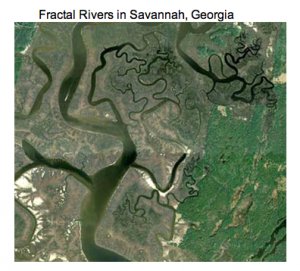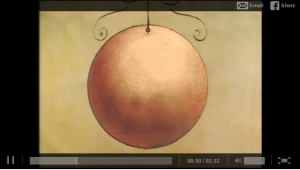Spring is here. The birds are chirping, the grass is green, and mathematics just revealed to researchers how the ruffled edges of an asiatic lily help it bloom.
![By Drm310 (Own work) [CC-BY-SA-3.0 (www.creativecommons.org/licenses/by-sa/3.0) or GFDL (www.gnu.org/copyleft/fdl.html)], via Wikimedia Commons](http://upload.wikimedia.org/wikipedia/commons/e/e8/UofS_Lily.jpg)
Click on the picture to read the full article and watch videos by the research team: "How the Lily Blooms: A Mathematical Perspective
Researchers used observation and experimentation to measure growth and find what growth was imperative for the flower to bloom. Through using a mathematical process they were able to characterize their findings by quantifying, generalizing, and synthesizing their observations. Until recently, it was popular belief that the midrib in each petal caused the flower to bloom, but math revealed the growth and ruffling of the petal edges is what allows the bud to burst into the elegant, curvy flower. Principal investigator L. Mahadevan of Harvard’s School of Engineering and Applied Sciences (SEAS) says, the question of how the lily blooms “is just one more small instance of being inspired by and curious about the natural world around us, a subject that fascinates us all, child and adult alike.”
The fascination and the math doesn’t end with the lily. Mathematicians use fractals to make sense out of seemingly chaotic designs we find in rivers, mountains, clouds, and more. You might have wondered how tiny leaves know where to line-up on the stem of a fern or why a river bends to the right and not the left. The simple answer is nature always takes the most simple and efficient paths. Today many things that were once thought to be chaotic or undefined are now known to have very subtle but present patterns.
But why does it matter that we identify math in nature? According to experts, when we experience something, like the peaks of Mt. Everest, our brains use pattern recognition to let us know what we are seeing. So, what that means is you can leave your calculator at home and let your geometric framework do all the work for you!











